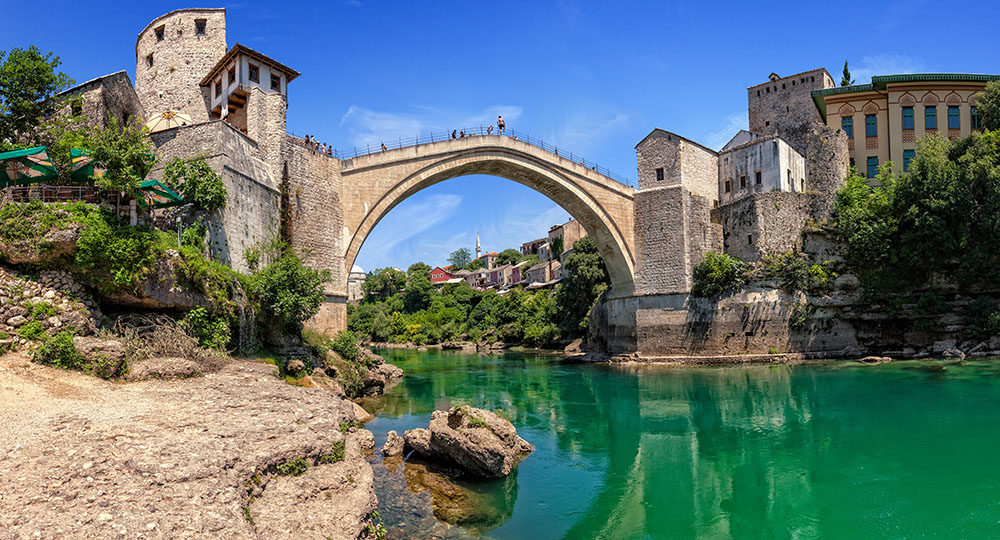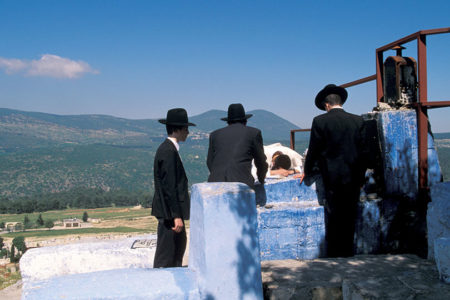From Rome to the Turks
For hundreds of years, the Roman Empire ruled much of the known ancient world. Most of that time, Jewish people remained in their land. Then two major events occurred that resulted in their dispersion: the first and second Jewish revolts against Rome.
From A.D. 66 to 70, the First Jewish Great Revolt took place. Jesus predicted this conflict: “But when you see Jerusalem surrounded by armies, then know that its desolation is near” (Lk. 21:20). In the larger context, Jesus exposed end-times conditions before the Second Advent (see Matthew 24).
The impoverished Jewish peasants were being crushed under heavy Roman taxation. Many sold their land to pay their taxes. Simmering anger resulted in sporadic violence.
The situation grew worse in A.D. 63. Many in Jerusalem suddenly became unemployed when the renovation of the Jewish Temple was finished. The peasants; artisans; and Zealots, who wanted to rid their homeland of Roman rule, all had a reason to fight. The revolt that followed ended badly for the Jewish people. Roman might was too powerful to defeat. Many were slaughtered, and others were taken captive to Rome.
Nevertheless, Jewish people still remained in their land. An estimated two-thirds of the population in the Galilee was Jewish, as was one-third in the coastal region. In fact, after the destruction of the second Temple in A.D. 70, several rabbinical academies were established.
From A.D. 132 to 135, the Second Jewish-Roman War occurred. In 130, Emperor Hadrian visited Jerusalem to construct a Roman city with a temple dedicated to Jupiter. This insult sparked a massive Jewish revolt. Seasoned Roman battle legions crushed the rebellion.
Adding insult to injury, Hadrian renamed Israel “Syria Palaestina,” from which the English word Palestine is derived. He also renamed Jerusalem “Aelia Capitolina” and banned Jewish people from the city.
Again there was a dispersion from the land. However, as in the first war, a significant portion of the Jewish population relocated to areas outside Jerusalem, particularly to the Galilee region.
For the next 1,500 years, Jewish people living in their own land had to endure occupation under a host of foreign powers, including the Byzantines; violent Islamic sects; and worst of all, the vicious, anti-Semitic Crusaders.
For the Jewish remnant, life was a constant struggle to survive discriminations, persecutions, and massacres. Still, the promise of God’s watchfulness remained: “Behold, He who keeps Israel shall neither slumber nor sleep” (Ps. 121:4).
In the 16th century, the Ottoman Empire (Muslim Turks) began to rule over Israel, which constituted only a small portion of a vast kingdom. Religious minorities—Jewish and Christian—lived through both prosperity and persecution. In 1917 British General Edmund Allenby conquered Jerusalem during World War I. The Holy Land then came under the control of Great Britain, and the Ottoman Empire died.
Although robbed of their land heritage, Jewish people have maintained a well-documented, unbroken presence in Israel for well over 3,000 years. A pilgrim (who did not like Jewish people), visited Jerusalem at the close of the 15th century and recorded a keen observation in his journal:
The heathens oppress them at their pleasure. They know that the Jews think and say that this is the Holy Land that was promised to them. Those of them who live here are regarded as holy by the other Jews, for in spite of all the tribulations and the agonies they suffer at the hands of the heathen, they refuse to leave the place.1
The land and all its cities, especially Jerusalem, are inextricably intertwined with the life of the nation of Israel. The Muslims’ most sacred place is Mecca in Saudi Arabia. But for Jewish people, no place but Israel will ever be holy. Their heart sentiment is clearly expressed in Scripture: “If I do not remember you, let my tongue cling to the roof of my mouth—if I do not exalt Jerusalem above my chief joy” (Ps. 137:6).
ENDNOTE
- Joseph E. Katz, “Continuous Jewish Presence in the Holy Land” <eretzyisroel.org/~samuel/presence.html>.






